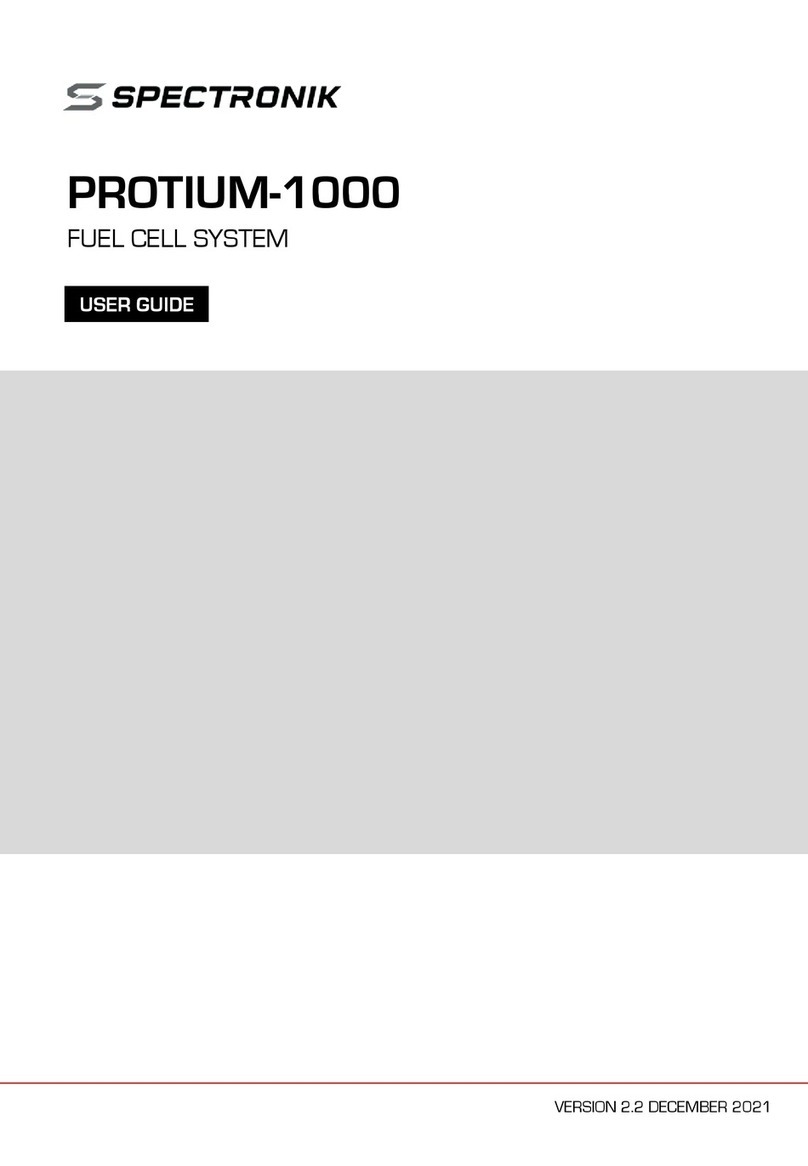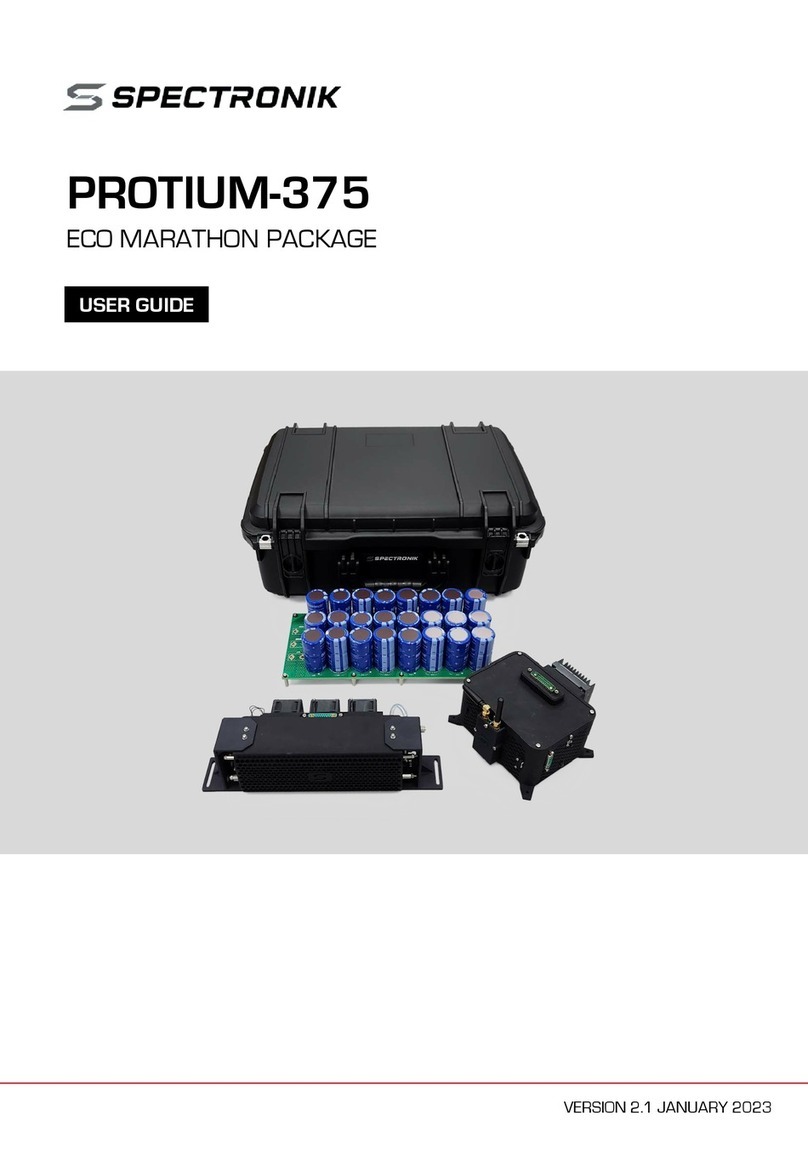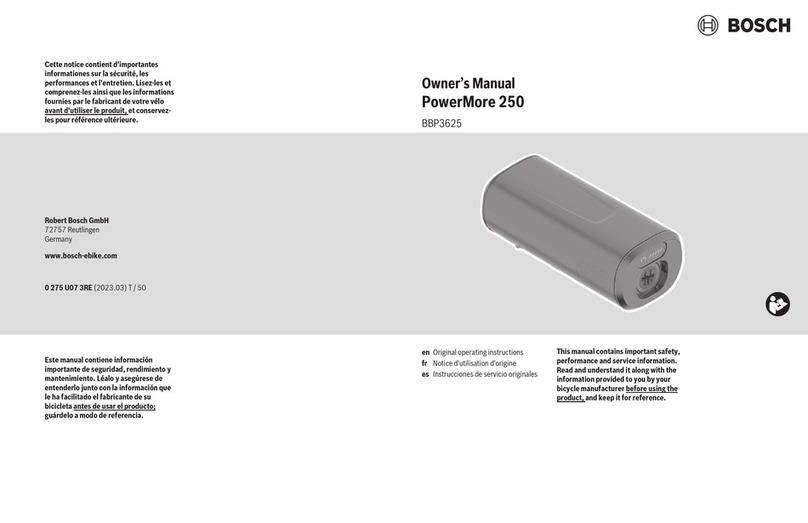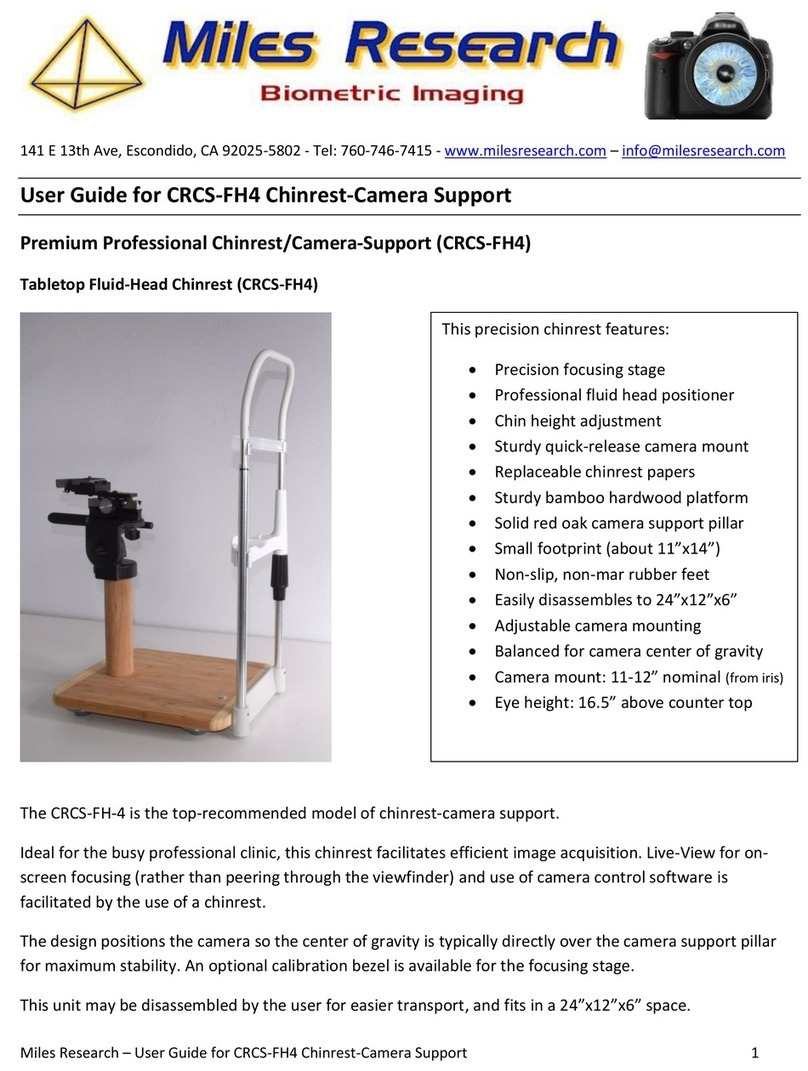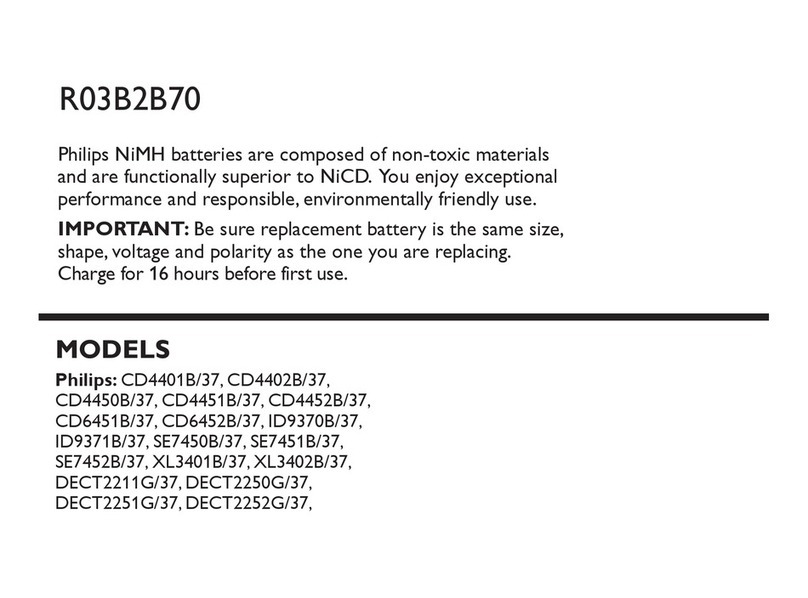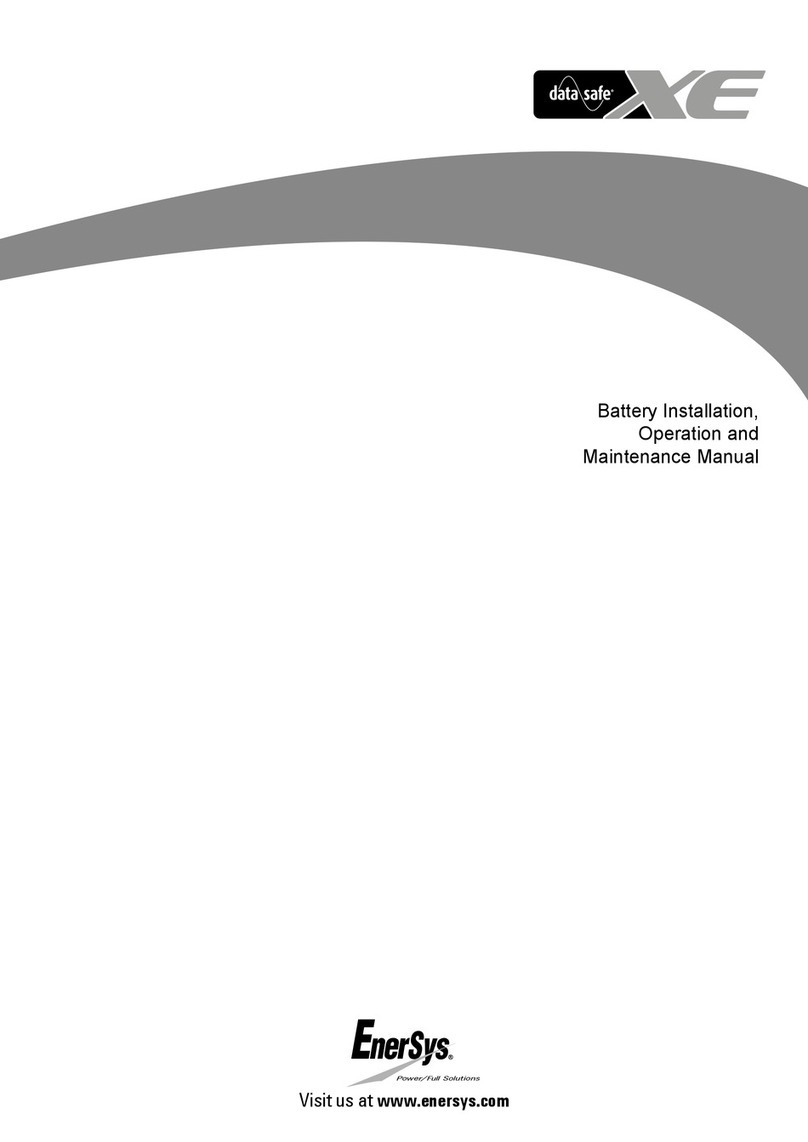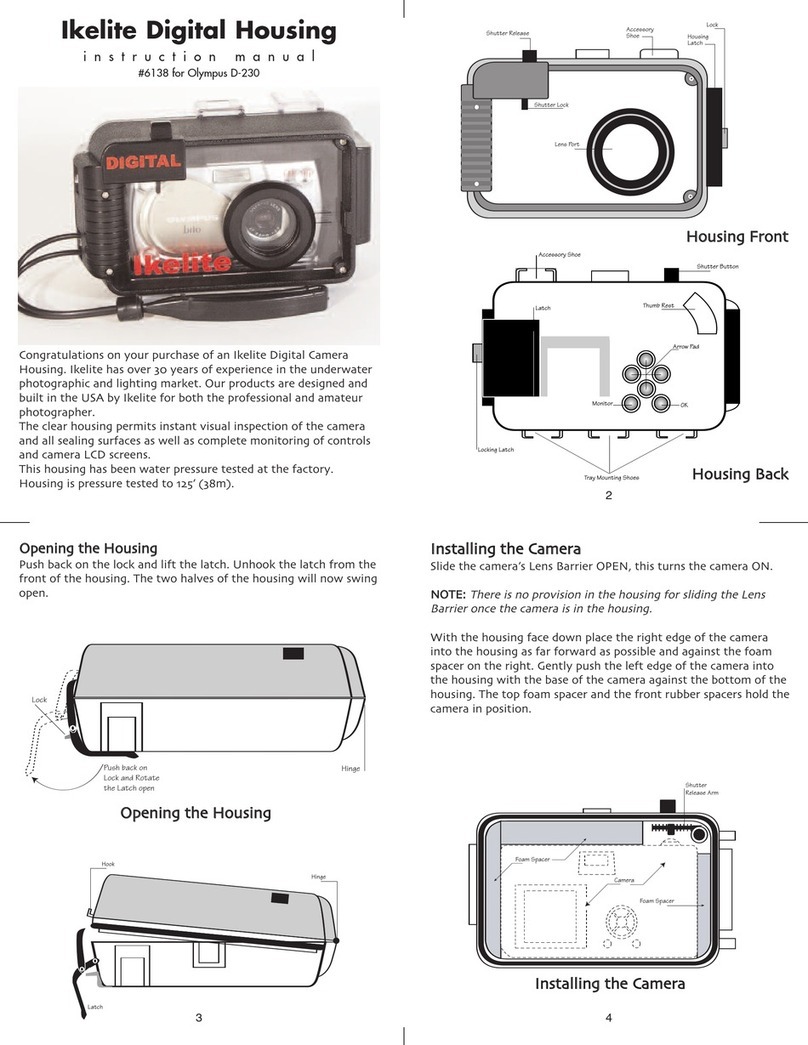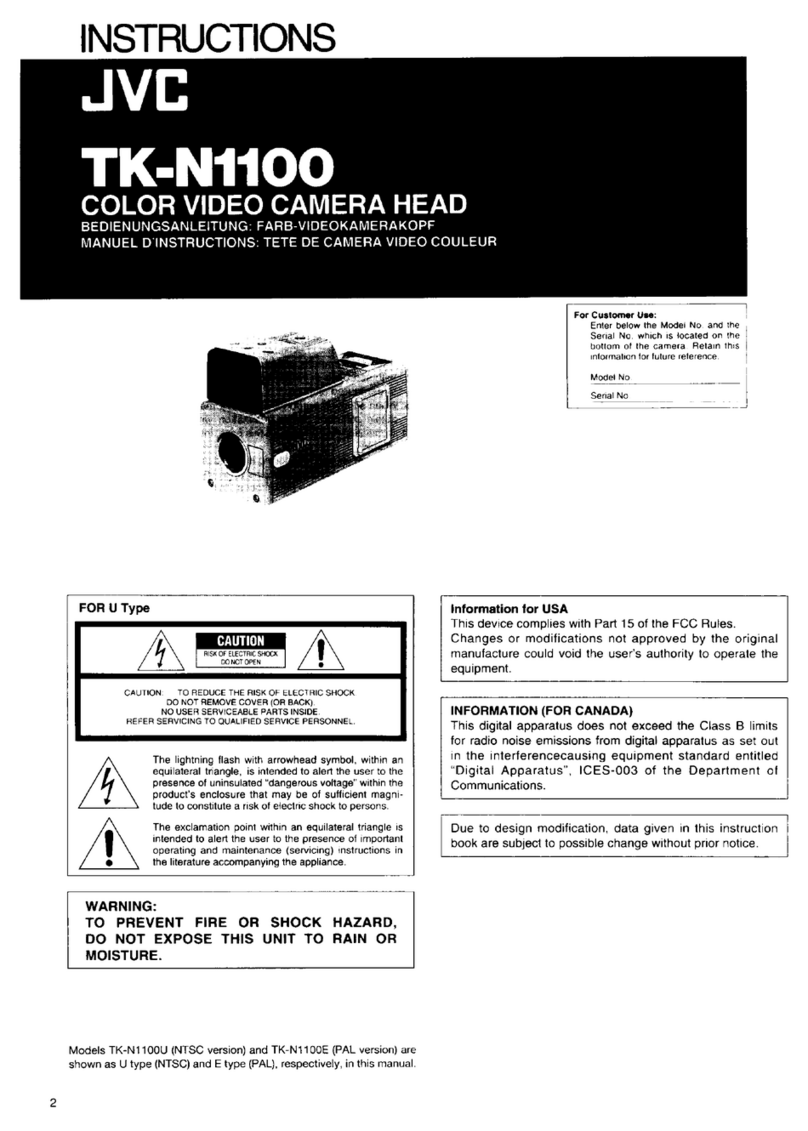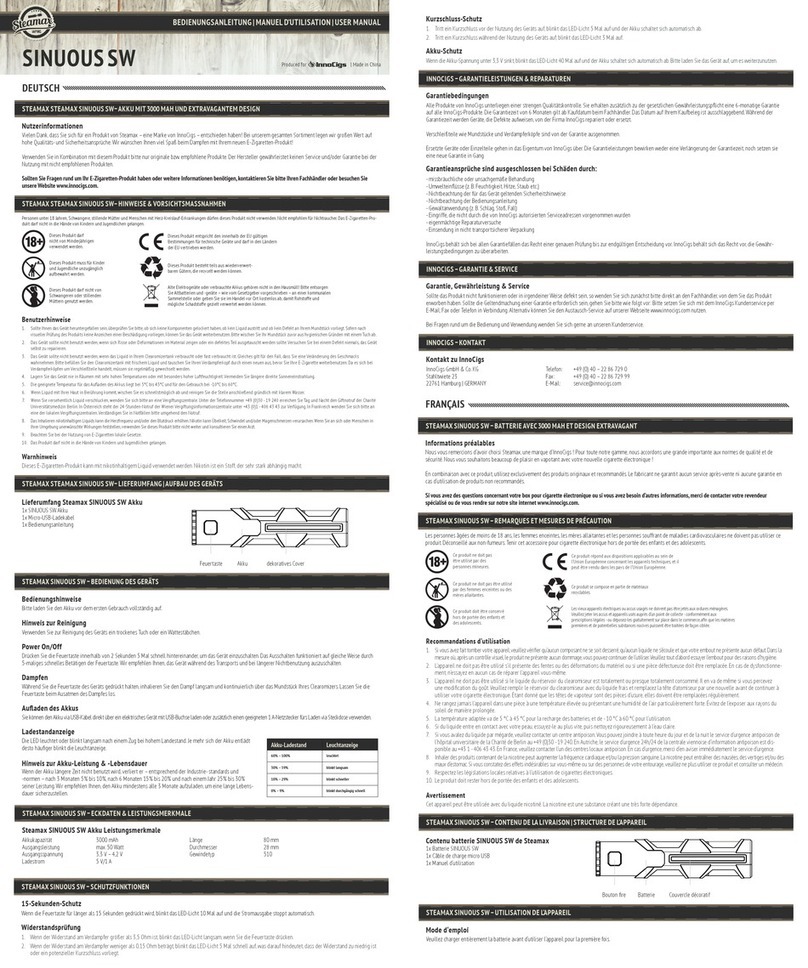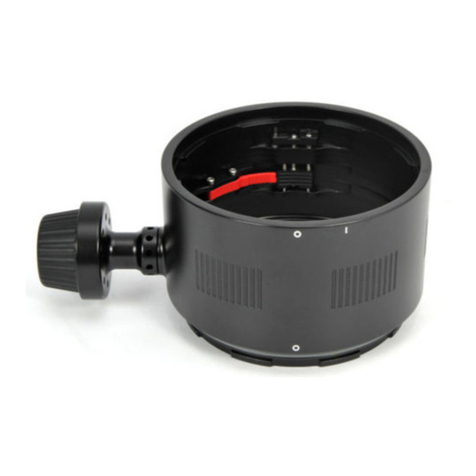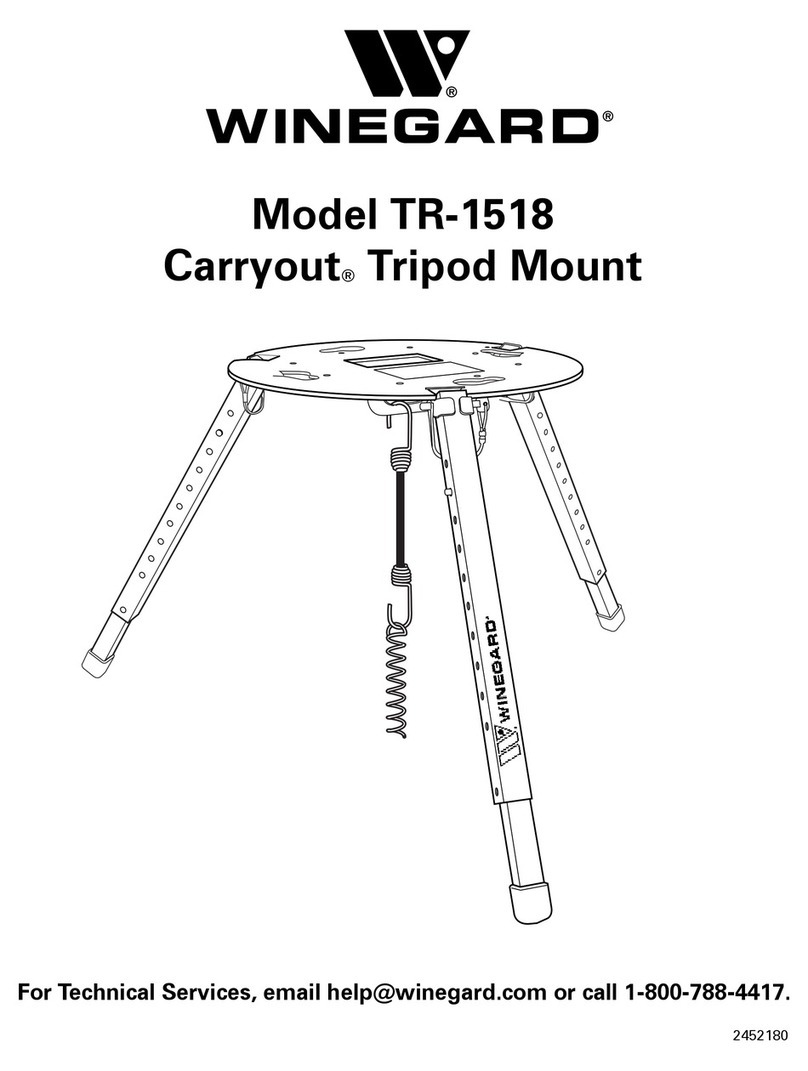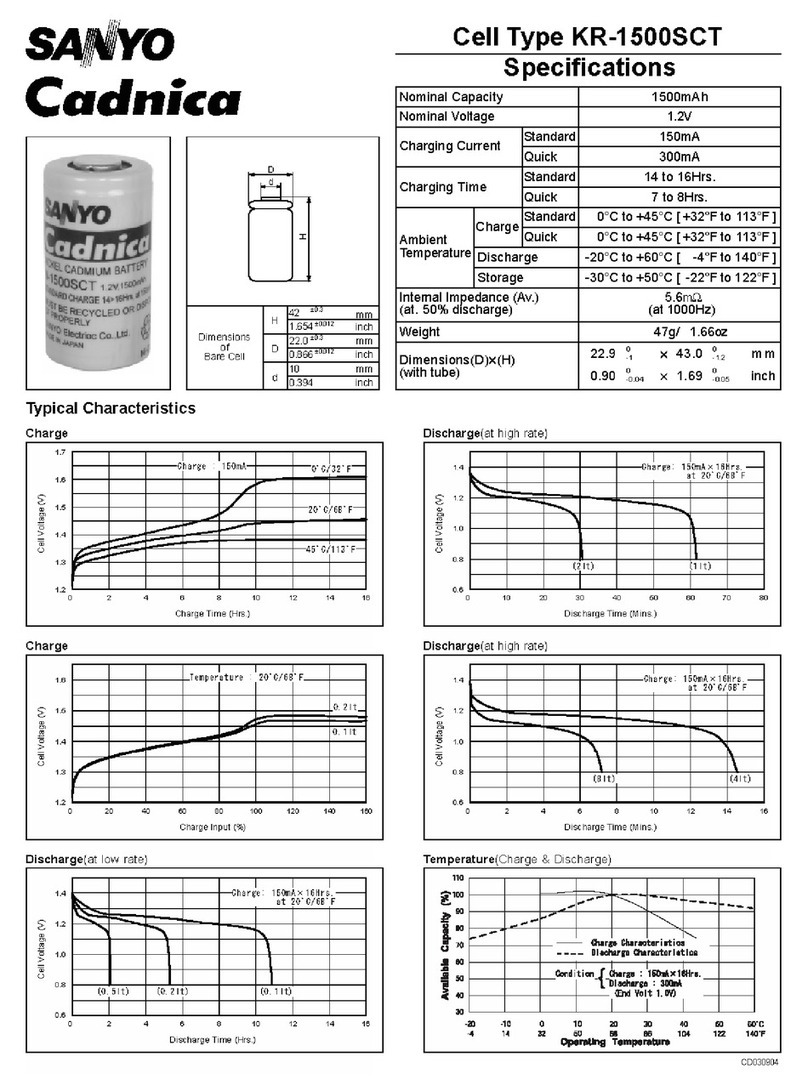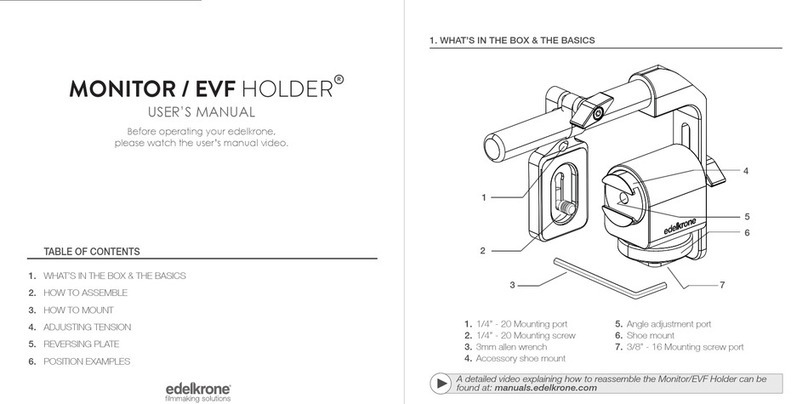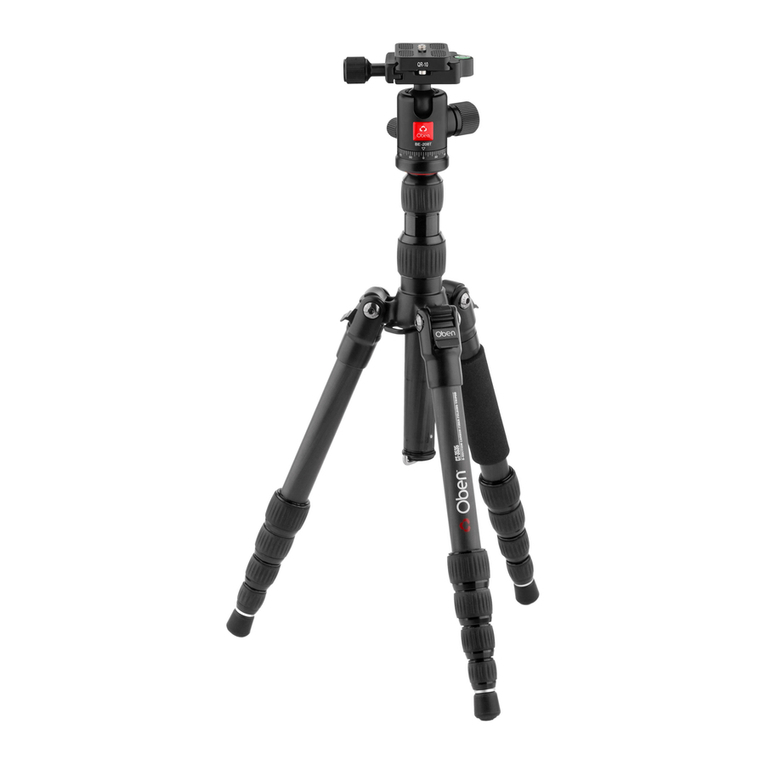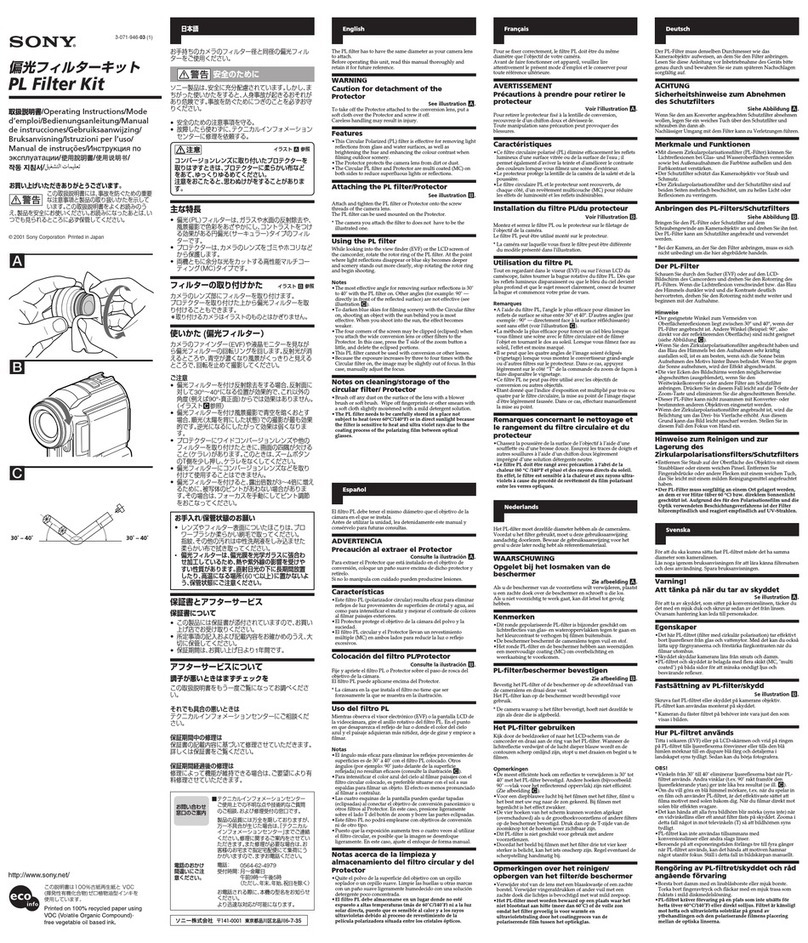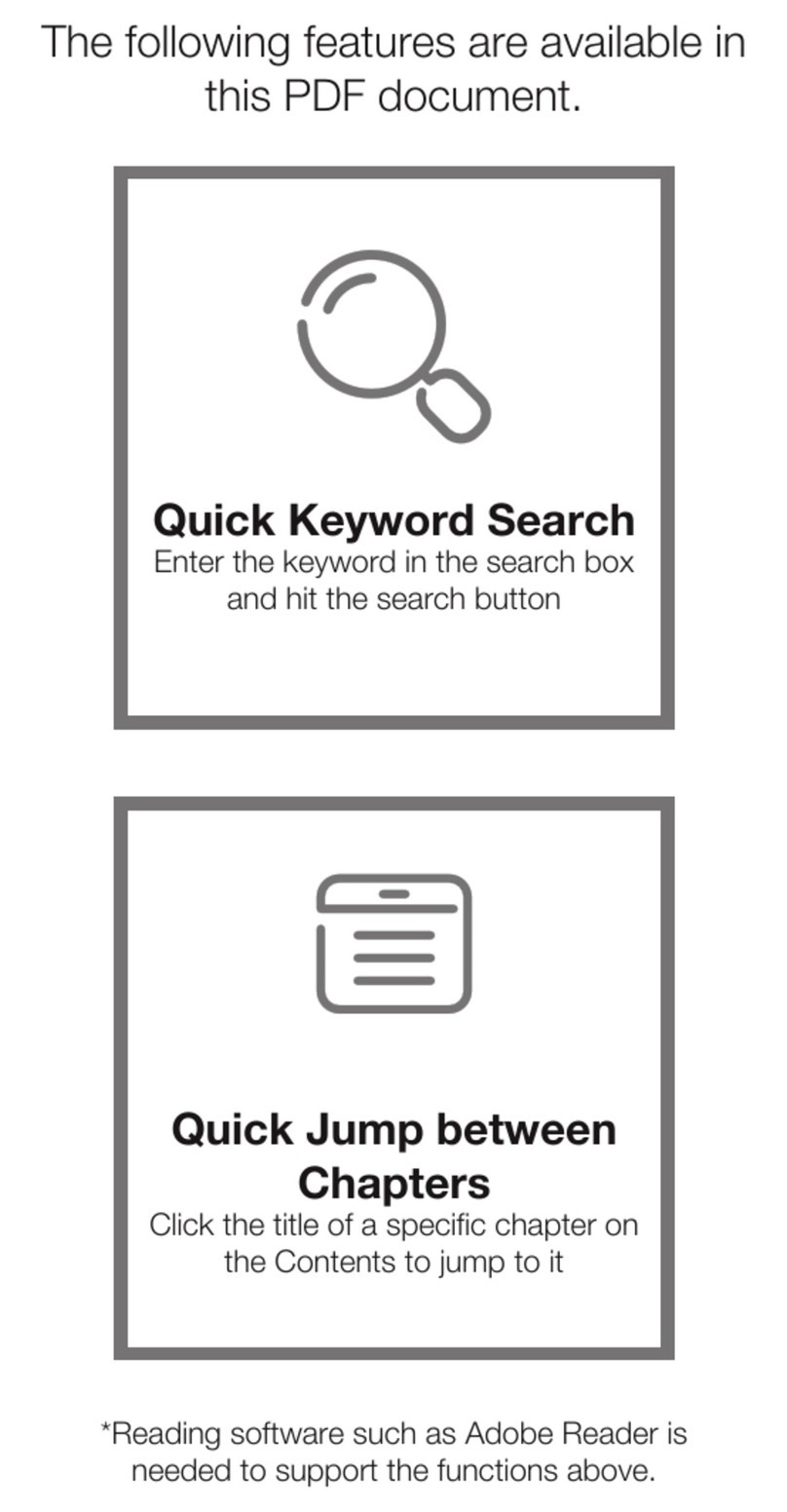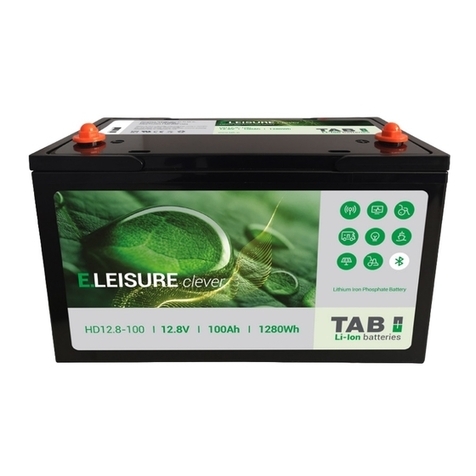Spectronik Protium-150 User manual

PROTIUM-150 FUEL CELL SYSTEM
USER GUIDE
VERSION 4.1 MAY 2019

WARNING:Failure to follow these safety instructions could result in fire, electric shock, or other injuries, or
damage to PROTIUM-150 Fuel Cell System (PROTIUM-150)or other property.Read all the safety
information below before using PROTIUM-150.
Handling Handle PROTIUM-150 with care.It is made of thin sheet metal, graphite, and plastic and has
sensitive electrochemical membrane and components inside.PROTIUM-150 is not designed for extreme
conditions, rough handling, vibration, shock or drop. Keep PROTIUM-150 away from heat, flame, strong
sunlight, water, dust, soil or mud.Do not use adamaged PROTIUM-150.
Repairing Do not troubleshoot, disassemble or tamper with PROTIUM-150.Do not attempt to repair or
replace any component by yourself.
Hydrogen Use only high purity (99.999%) dry Hydrogen gas with PROTIUM-150.Follow all local rules and
regulations for safe handling, storage and usage of Hydrogen gas.Do not smoke when operating
PROTIUM-150.
Connectors, ports and buttons Never force aconnector into aport or apply excessive pressure to a
button.If the connector and port do not join with reasonable ease, they probably do not match. Check for
obstructions and ensure that the connector matches the correct port.
Disposal and recycling As PROTIUM-150 contains electronic components and abattery, it must be
disposed of separately from household waste. When PROTIUM-150 reaches its end of life, follow local
laws and regulations for proper disposal and recycling options.
High-consequence activities PROTIUM-150 is acustomized system with pending safety tests and
certifications.It is not intended for use where the failure of the system could lead to death, personal injury
or severe environmental damage.
Disclaimer Every effort has been made to ensure that the information in this manual is accurate.This
manual serves to adequately recommend safe operating procedures, but shall not be treated as
comprehensive.Do not use PROTIUM-150 in any other way than the one recommended in this manual.
Spectronik reserves the right to change system specifications, appearance or discontinue the product at
any time.
© 2019 Spectronik Pte. Ltd., All Rights Reserved.
Spectronik, the ‘S’ logo, and PROTIUM are trademarks of Spectronik Pte. Ltd.
SAFETY, HANDLING & SUPPORT

CHAPTER 1 | OVERVIEW
OVERVIEW 1
Cooling fan
PROTIUM-150
fuel cell stack
FC power/signal socket
Hydrogen gas
supply port
Fuel cell electronic controller
XT60 female socket
(to FC power/signal plug)
On/Off switch &
RS-232 header
Interface header
Load terminal block
H2supply pressure
sensor header
ICSP header
What’s in the Box
Gas pressure
sensor
Gas supply &
purge valves
Cell voltage monitoring
wires (optional add-on)

CHAPTER 1 | OVERVIEW
Power Manager
Hybrid Battery
Load terminal block
XT60 male plug
(to Hybrid Battery)
XT60 female socket
(to Power Manager)
On/Off switch
FC power/
signal plug
RS-232 connector
Gas tubing
XT60 male plug
(to fuel cell
electronic controller)
Optional Accessories

CHAPTER 2 | SPECIFICATIONS
SPECIFICATIONS 2
Fuel Cell System
Type PEM, 20 cells
Flow Field S-flow technology
Cooling 1x 12V fan, pwm controlled
Operating Ambient Temperature 1-40oC
Power Interface Terminal block, max 40A
Fuel Cell Dimension 109 x 101 x 84 mm
Fuel Cell Weight 470g
Electronic Controller FLY driver board version 3.1
Electronic Controller Dimension 80 x 55 x 25 mm
Electronic Controller Weight 105g
Nett Performance
Rated Power 150W (12.5A @ 12V)
Peak Power (only with Hybrid Battery) Dependent on capacity
Voltage Range 12-18V
Start-up Time 5s
Efficiency 48% (based on LHV of H2)
Fuel Supply
Hydrogen Gas Dry, 99.999% purity
Delivery Pressure 0.4-0.7bar (6-10psig)
Max Consumption 1.9L/min @ 150W
Gas Tubing Requirement PU, 4mm OD
Supply & Purge Control Solenoid valves
Protections & System Monitoring
Low Voltage Shutdown 10V
High Temperature Shutdown 65oC
Low Battery Warning <10.5V
Low Hydrogen Shutdown <0.2bar
Data Acquisition, Graphic User Interface RS232/USB
Hybrid Battery & Power Manager
(optional)
Hybrid Battery Type Lithium Polymer 3S
Hybrid Battery Capacity User specified
Hybrid Battery Dimension Dependent on capacity
Hybrid Battery Weight Dependent on capacity
Power Manager Settings 0-60V, 0-5A
Power Manager Dimension 61 x 37 x 22 mm
Power Manager Weight 120g

CHAPTER 3 | OPERATING PROCEDURES
OPERATING PROCEDURES 3
Preparing the Hybrid Battery
1. The Hybrid Battery is not charged when you receive them.Follow the safety instructions provided with
the Hybrid Battery for charging.Tip:Spectronik recommends using Thunder Power LiPo battery in
conjunction with Thunder Power charger and balancer.
2. You can also charge the Hybrid Battery using the Power Manager.Caution:the Power Manager is
factory set to 12Vand 1A, use only 3S LiPo battery above 2000mAh.
3. Connect the load terminal block of the Power Manager to an external DC power supply and the XT60
male plug into its female socket at the Hybrid Battery.
4. Set the DC power supply to (13V, 2A) and turn it on.The Hybrid Battery will start charging.
5. When the Hybrid Battery is full, the Current reading on the DC power supply will be close to 0A. Turn
off the DC power supply and disconnect the Hybrid Battery.
The Hybrid Battery is now ready.
Setting up PROTIUM-150
1. Connect the FC power/signal plug into the socket on the PROTIUM-150 fuel cell stack.Connect the
receptacles and XT60 male plug into their respective headers and XT60 female socket on the fuel cell
electronic controller.Tip:the receptacles are designed to have different number of pins and can only
fit into their mating headers on the electronic controller.Only the ICSP header should be free.
2. Plug in your load into the load terminal block of the electronic controller. Check that the polarity is
correct.Tip:for safety, ensure that your load has aswitch and is switched off at this stage.
3. Connect your hydrogen gas supply tubing into the gas supply port.
4. Connect the load terminal block of the Power Manager in parallel to the same load in step #2.
5. Connect the XT60 male plug of the Power Manager into the XT60 female socket of the Hybrid Battery.
Caution:the load terminal is now live.
PROTIUM-150 fuel cell &Hybrid Battery systems are now ready.

CHAPTER 3 | OPERATING PROCEDURES
Turning ON
1. Turn on the hydrogen gas supply.Tip:check that gas supply is regulated to 6-10psi (0.4-0.7bar).Do
not exceed 10psi.
2. Press the On/Off button.The LED will light up, followed by gas purging and cooling fans turning.The
system is now live.
3. Switch on your load and draw power as per normal.
Note
•Do not draw power (Constant Power mode) in excess of the fuel cell rated power (150W).If the Hybrid
Battery is connected, you can draw amaximum of 1000Wfor 3mins if the Hybrid Battery is fully charged.
The peak power is dependent on the capacity of Hybrid Battery used.
•If the fuel cell has excess power beyond powering your load, it will also automatically be charging the
Hybrid Battery, unless the Hybrid Battery is full.
•If you did not purchase the Hybrid Battery and Power Manager, you can connect an external DC power
supply in lieu of the Hybrid Battery.Set the DC power supply voltage to 12V. The maximum power you can
draw is now limited to the maximum Current of your power supply.
•Alternatively, asmall power supply (12V,1A) is sufficient if you are drawing load in Constant Voltage
mode.Do not set the load below 12V.
Reminder
•Ensure all gas tubing and electrical wire connections are firm and secure.
•Do not block the purge outlet. Keep the outlet pointed to open space.Do not bring flame or electric spark
close to it.
•Check the delivery pressure of the hydrogen gas supply.Insufficient pressure will affect PROTIUM-150’s
performance while excessive pressure might rupture its membrane electrode assembly and cause
permanent damage.

CHAPTER 4 | PROTECTIONS & WARNING MESSAGES
PROTECTIONS & WARNING MESSAGES 4
PROTIUM-150 has in-built system protections.During normal running phase, the LED will be solid white
and acontinuous buzzer sound can be heard.When an error is detected, the LED will flash, the buzzer
sound will become intermittent, and amessage will appear.The message can be viewed on aPC using
Spectronik’s Graphic User Interface (GUI) data acquisition software.Link up aPC via the RS232
connector.
Note:instruction on how to use the GUI is separately listed in the GUI user guide.
Follow the basic troubleshooting guide below.Most errors should be rectified once the suggested action
has been done and the system restarted.
If the error persists, contact support@spectronik.com.
During start-up
In Operation
Message Corrective Action
Low H2supply Check and ensure sufficient hydrogen supply and correct delivery pressure.
High temperature Disconnect everything and wait for system to cool down. Restart after 10 min.
Error: Temperature Internal temperature sensor might have been compromised. Contact Spectronik.
Error: Low voltage Check and ensure sufficient hydrogen supply and correct delivery pressure.
Restart after 1 min.
Message Corrective Action
High temperature Fuel cell temperature has reached 60oC, load is temporarily auto-disconnected.
Reduce load.
Error: High
temperature
Disconnect everything and wait for system to cool down. Restart after 10 min. If
system fails to restart, internal temperature sensor might have been
compromised. Contact Spectronik.
Low voltage Fuel cell is overloaded and the load is temporarily auto-disconnected. Reduce
load.
Error: Low voltage User has drawn power way beyond the fuel cell capacity. Restart the system and
reduce load.
Low H2supply Hydrogen gas supply is depleted, reduce load or prepare to end operation.
Error: Low H2
supply
Hydrogen gas supply is way too low to support operation. Refill the supply and
restart the system.
Low battery Hybrid Battery voltage is low. Reduce load or prepare to end operation.

CHAPTER 5 | MAINTENANCE & STORAGE
MAINTENANCE & STORAGE 5
Maintenance for PROTIUM-150
When not in use, Spectronik recommends that PROTIUM-150 is reconditioned at least once amonth.
1. Follow the steps in Chapter 3, using aDC electronic load in lieu of your regular load and an external
DC power supply (12V,1A) instead of the Hybrid Battery.
2. Set aconstant voltage (CV) load of 12Vand run the system for 1hour.
3. PROTIUM-150 is now ready for usual operation or can be stored again for future use.
Storage
Keep PROTIUM-150 in an open, cool (standard room temperature of 25oC) and dry place.
Table of contents
Other Spectronik Camera Accessories manuals
